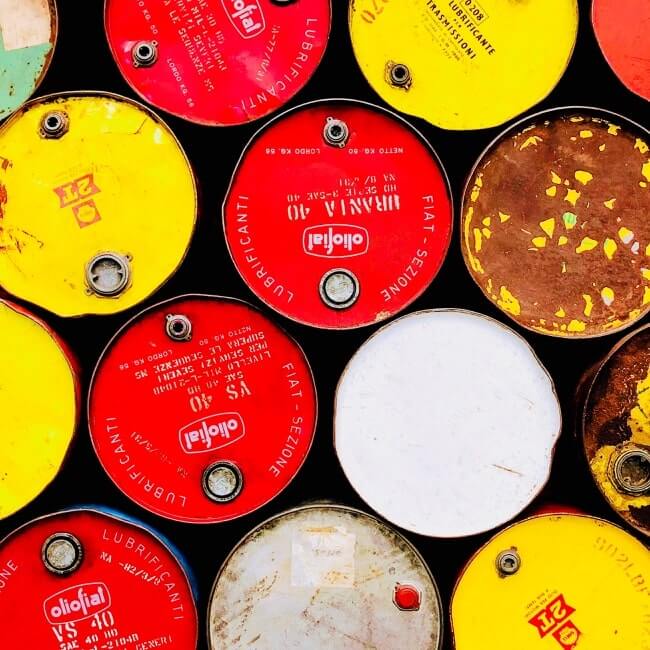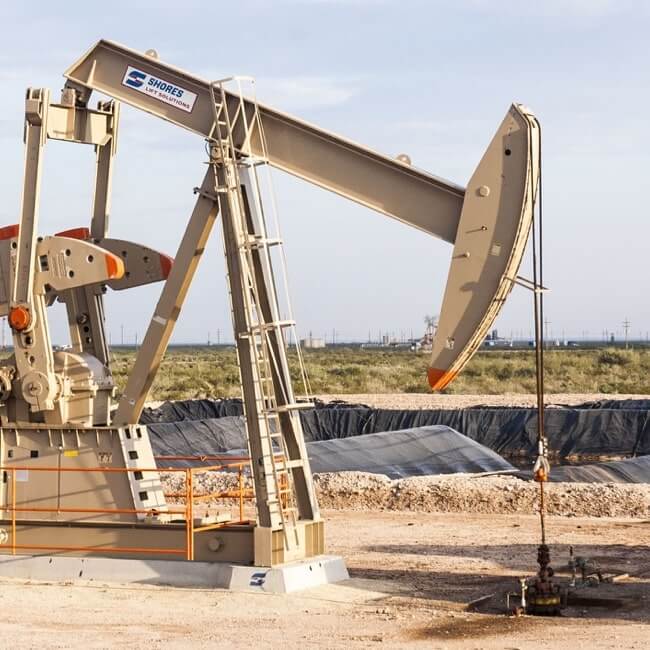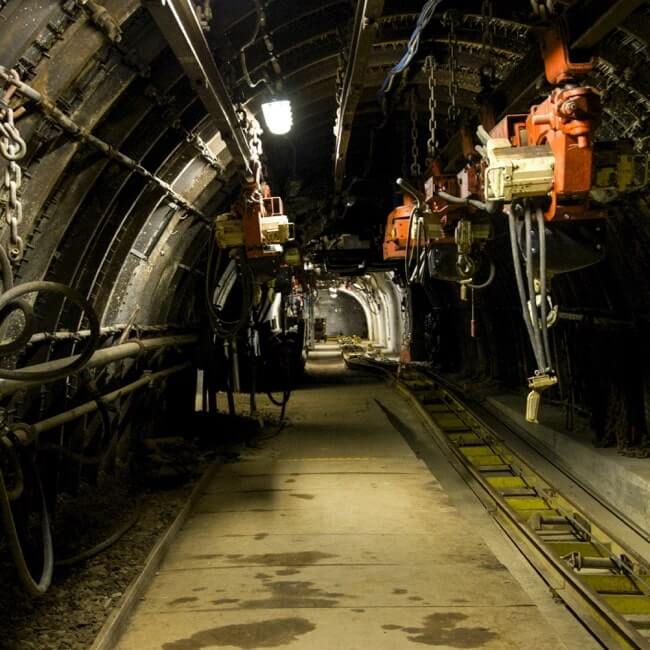Clean hydrogen: Without hefty subsidies, what LatAm can do to ride the wave
In the sphere of hydrogen development, Latin America may not have the heavy subsidy firepower of developed regions but nevertheless has options and tools to help get an industry up and running.
Latin America’s hydrogen trump card is its world-class solar and wind resources and potential, key to driving down production costs. But that alone is not enough to get pickaxes swinging.
“There are a lot of tricks that we could eventually use in order to maximize our opportunities,” said Christiaan Gischler, lead energy specialist at IDB, citing as examples the leveraging of climate funds – a type of subsidized funding – and the repurposing and adaption of existing infrastructure. “At the beginning we need pushes from everywhere,” he said.
Gischler referred to Chilean state development agency Corfo, which with multilaterals, among them IDB, has built a US$1bn facility designed to help derisk projects and trim the cost of capital.
He added that some form of subsidies would be needed in Latin America in the initial phases to help get wheels spinning. “But we cannot rely on subsidies forever, because it is just too expensive for the region.” The US and, recently, Australia have announced major subsidy schemes.
Hans Kulenkampff, Latin America head at Hinicio, an international strategic and technical consulting firm specializing in hydrogen and its derivates, said that cost was a key factor but not the only one.
During a webinar held ahead of the H2LAC 2024 hydrogen conference, being held in Chilean capital Santiago from June 5-7, he cited the importance of time to market, of being agile and of having production ready for when demand calls.
ALSO READ: Unlocking LatAm’s hydrogen potential: ‘Speed is of the essence’
In terms of projects seeking consulting services, Kulenkampff said out of every 10, around five concern ammonia, two methanol, and two sustainable aviation fuel, or SAF. Interest in methanol and SAF has been trending up.
A related recurrent theme in the webinar was the necessity of having efficient permitting processes, along with community engagement programs, to ease the progress of projects.
Bernd Heid, senior partner at the Cologne, Germany offices of professional services firm McKinsey & Company, reinforced the importance of minimizing future capex requirements and upgrading existing infrastructure for the use of hydrogen and its derivatives.
“We have a lot of this infrastructure,” Heid said. “Think of pipelines, think of ports, think of bunkering.”
Outlay globally today of US$150bn to double associated infrastructure would avoid having to spend US$3.7tn further down the road, the participants heard.
Gischler reinforced this. “We really need to look into what is there, in terms of existing infrastructure that can be reused, repurposed, retooled for this industry,” he said, citing as an example gas pipelines between Chile and Argentina and between Argentina and Uruguay.
ALSO READ: Advancing Chile’s US$2.5bn Volta green ammonia project
In the region, Chile, Brazil, Uruguay and Colombia are in the green hydrogen vanguard.
Almost 60% of the region's installed power generation capacity comes from renewables, giving it an edge over others in both availability and the cost required to produce green hydrogen via electrolysis.
Latin America also has access to both the Atlantic and Pacific oceans, allowing direct shipping routes to European and Asian markets, where demand is expected to grow at an exponential rate. Europe, driven by regulations, and Japan and South Korea, driven by demand for decarbonized energy, are blinking brightly on Latin America’s opportunity radar. There is, however, no shortage of challenges and the path to a flourishing hydrogen economy is littered with obstacles.
The BNamericas project database contains around 60 development-phase projects, of which two are under construction.
An e-fuels demonstration plant, Haru Oni, is operating in Chile.
ALSO READ: The rise of green hydrogen in Latin America
Click here for more information on H2LAC 2024.
Subscribe to the leading business intelligence platform in Latin America with different tools for Providers, Contractors, Operators, Government, Legal, Financial and Insurance industries.
News in: Oil & Gas (Mexico)

The Americas driving revenue for Japan's Modec
The Tokyo-based company expects revenue to reach US$3.9bn this year.

DWF lowers expectations for Mexico’s Chicontepec-Temabra fields
The hydrocarbons commission approved a modification to the operator’s 2024-48 development plan, which now involves US$77mn more but much less infra...
Subscribe to Latin America’s most trusted business intelligence platform.
Other projects in: Oil & Gas (Mexico)
Get critical information about thousands of Oil & Gas projects in Latin America: what stages they're in, capex, related companies, contacts and more.
- Project: Area 12 - Burgos (Offshore)
- Current stage:

- Updated:
1 month ago
- Project: Area 11 - Cuencas del Sureste
- Current stage:

- Updated:
1 month ago
- Project: Area 14 - Cordilleras Mexicanas
- Current stage:

- Updated:
1 month ago
- Project: Area 26 - Cuenca Salina
- Current stage:

- Updated:
1 month ago
- Project: Area 22 - Cuenca Salina
- Current stage:

- Updated:
1 month ago
- Project: Area 9 - Burgos (Onshore)
- Current stage:

- Updated:
2 months ago
- Project: Area 8 - Burgos (Onshore)
- Current stage:

- Updated:
2 months ago
- Project: 0154 Round 2, Tender 1: Area 2, Tampico-Misantla
- Current stage:

- Updated:
1 year ago
- Project: 0669 Round 3, Tender 1: Area 35, Southeast Basins
- Current stage:

- Updated:
1 year ago
- Project: 0647 Round 3, Tender 1: Area 13, Burgos
- Current stage:

- Updated:
1 year ago
Other companies in: Oil & Gas (Mexico)
Get critical information about thousands of Oil & Gas companies in Latin America: their projects, contacts, shareholders, related news and more.
- Company: Industrias John Crane de Mexico, S.A. de C.V.
-
Industrias John Crane de Mexico is the local unit of US-based John Crane, a leading provider of engineered products and services for companies operating in the energy industry. ...
- Company: Metalsa, S.A. de C.V. (Metalsa)
-
The description included in this profile was taken directly from an official source and has not been modified or edited by BNamericas’ content team. However, it may have been au...
- Company: PetroBal S.A.P.I. de C.V. (PetroBal)
-
Mexican company PetroBal S.A.P.I de C.V., a subsidiary of Mexican conglomerate Grupo Bal, was created to carry out oil and gas exploration and production activities in Mexico. P...
- Company: Servicios Marinos del Sureste, S.A. de C.V. (Enermar)
-
The description contained in this profile was taken directly from an official source and has not been edited or modified by BNamericas researchers, but may have been automatical...
- Company: Instituto Mexicano del Petróleo (IMP)
-
The Mexican Petroleum Institute (IMP) is a public center dedicated to basic and applied scientific research, in order to develop technologies applicable to the petroleum industr...
- Company: Grupo Diavaz, S.A. de C.V. (Diavaz)
-
Grupo Diavaz, S.A. de C.V. engages in the construction, inspection, repair and maintenance of offshore petroleum structures and installations. Through it subsidiaries, it provid...





